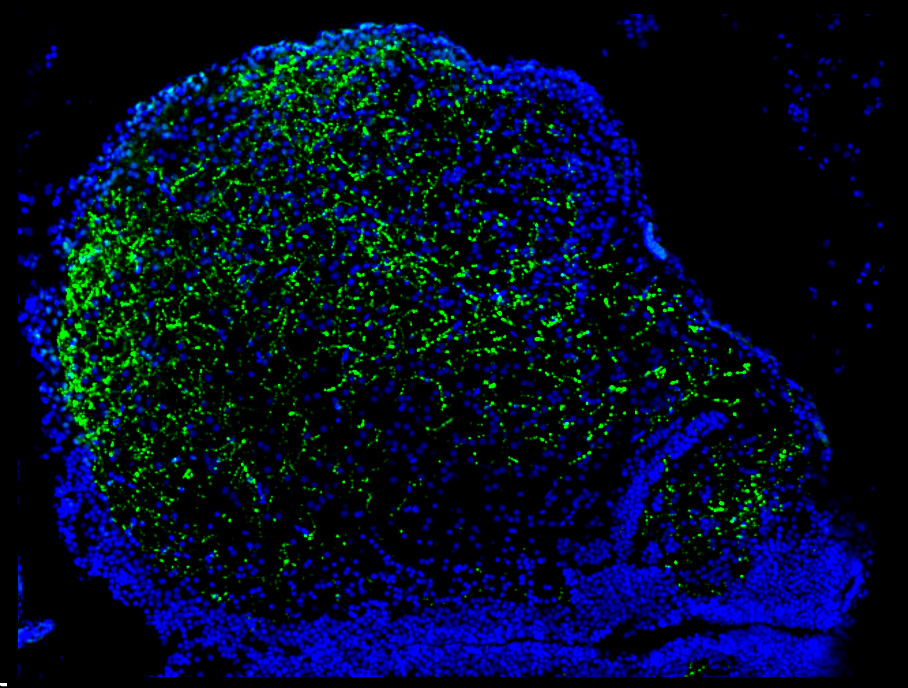Growing New Neurons: Learning from the Fish
DZNE researchers study the zebrafish in search of new approaches against Alzheimer’s disease. Their latest results are published in PLOS Biology.

In Alzheimer’s disease, nerve connection dwindle and neurons die off. On the long run, the human brain is unable to cope with this damage, which leads into dementia. However, other species have better skills to counteract neuronal injuries. What can we learn from them? Scientists at DZNE Dresden are trying to answer this question by studying zebrafish. Their latest results are published in PLOS Biology.
In previous studies Dr. Caghan Kizil and colleagues showed that the “zebrafish” - a small fresh water fish - can manifest Alzheimer’s-like pathology if induced experimentally and that its brain counteracts this neuronal damage by generating new neurons. This phenomenon is called “neurogenesis” and stem cells play a crucial role, as they are progenitor cells from which the new neurons develop.
“The adult human brain has rather limited capacity for neurogenesis. We therefore looked at what makes this fish so special”, explains Kizil, who leads a Helmholtz Young Investigator Group at the DZNE’s Dresden site. In PLOS Biology, he and coworkers present new insights into the zebrafish’s ability for regeneration. The study relied on sophisticated methods like single-cell transcriptome sequencing and machine learning. First author is Prabesh Bhattarai, a PhD candidate in Kizil’s lab.

“Serotonin, which is one of the so-called happiness hormones, is known to be involved in neurogenesis. However, its role is not fully understood. With respect to neuroregeneration, this molecule can both suppress and drive the process in a context-dependent manner”, Kizil says. “We now found that zebrafish can reduce the production of serotonin during Alzheimer’s-like conditions, enhance neural stem cell activity and thus promote formation of new neurons. This a complex mechanism. It involves the brain’s immune cells and a cytokine called Interleukin-4, which is released by dying neurons.”
This particular neuro-immune coupling seems to be a speciality of zebrafish. In mice, the researchers found, it does not exist. “This is an evolutionary difference between the brains of zebrafish and mammals”, Kizil says. “Further studies will have to tell, but there may be ways to reactivate the ability of regeneration that was lost during evolution. Regardless of this, zebrafish certainly offers the opportunity to study Alzheimer’s in an unconventional way.”
Original publication
Neuron-glia interaction through Serotonin-BDNF-NGFR axis enables regenerative neurogenesis in Alzheimer’s model of adult zebrafish brain
Prabesh Bhattarai et al. PLOS Biology 2020. DOI: 10.1371/journal.pbio.3000585
Further reading
Single cell transcriptomics analyses of neural stem cell heterogeneity and contextual plasticity in a zebrafish brain model of amyloid toxicity.
Mehmet Ilyas Cosacak et al. Cell Reports 2019. DOI: 10.1016/j.celrep.2019.03.090
